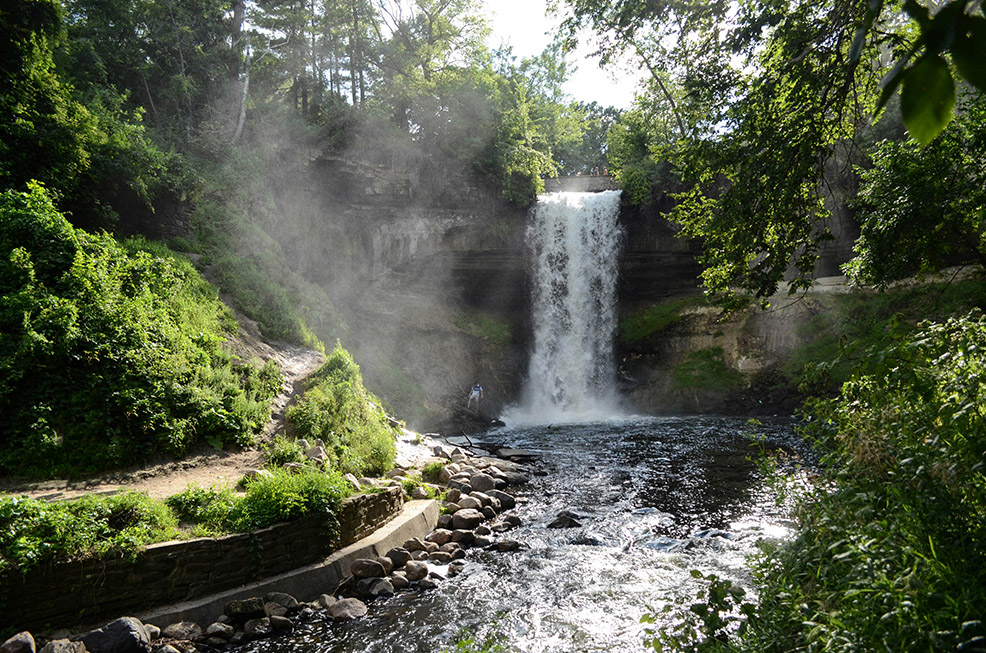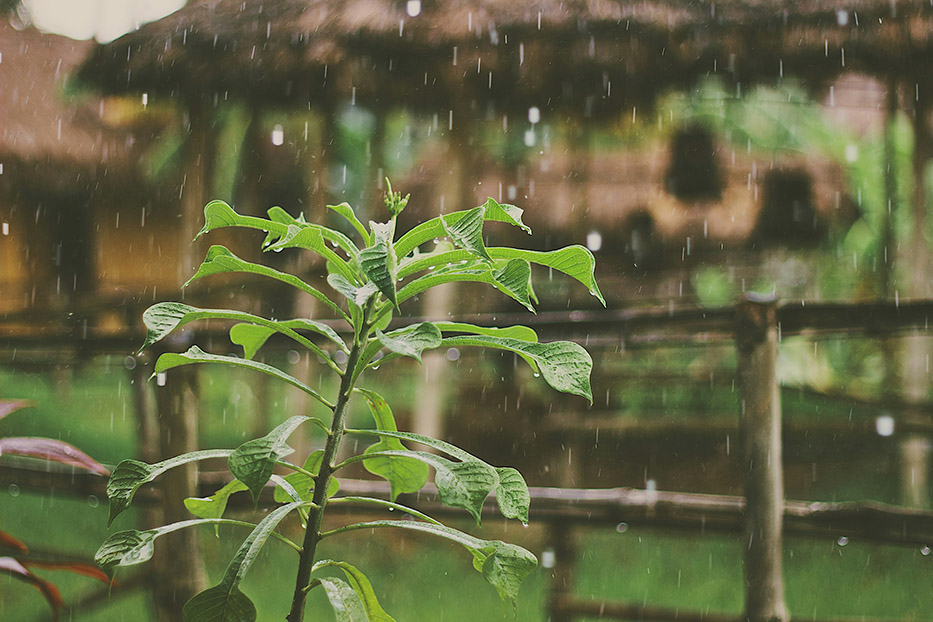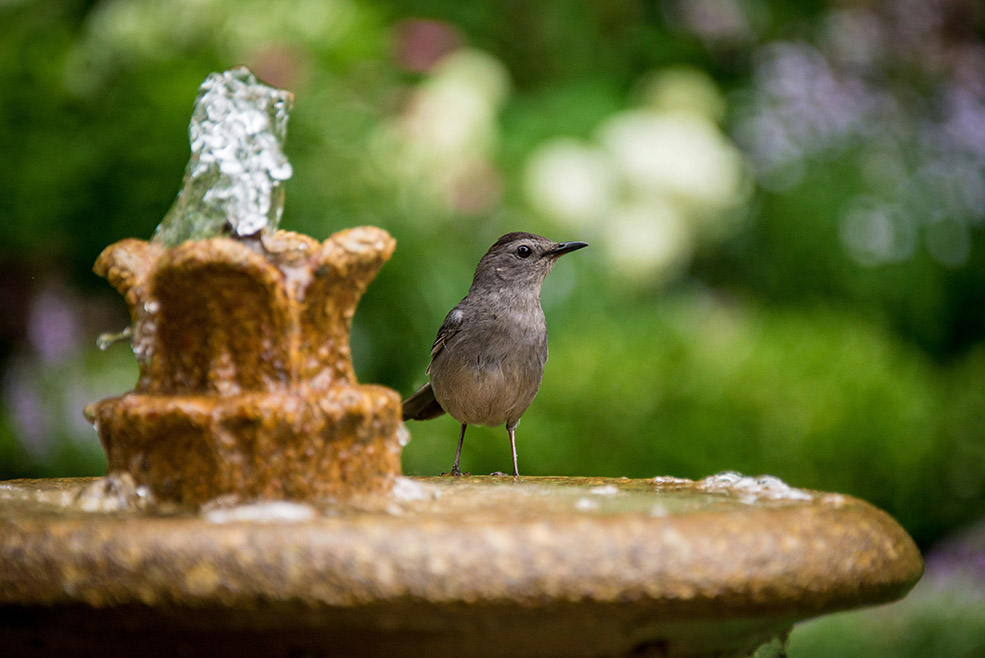By Lottie Westfield

Nature boasts a variety of benefits, from helping decrease your anxiety levels and helping to lessen stress to promoting better sleep. Regular access to green spaces has also been linked to lower levels of depression in addition to improved concentration and attention, according to UC Davis Health. While nature itself brings a plethora of advantages as a collective, however, the sounds that nature produces — from rainfall to birds chirping — provide a myriad of benefits on their own. From the value that such sound brings to how you can effectively create your own nature-filled soundscape at home, nature’s symphony serves as healing and therapeutic music to anyone’s ears.
Delving into nature’s extraordinary sounds
Listening to the sounds of nature for relaxation is nothing new, especially when considering the fact that many people listen to the sound of rain to fall asleep. “Rain is predictable, calming, stable, and non-threatening,” said Dr. Shelby Harris, a behavioral sleep-medicine specialist. As a result, the sound of steady rainfall helps to lull the brain into falling asleep, and works to induce a more meditative state that leads to relaxation. The sound is classified as pink noise, with Harris explaining: “White noise consists of a large spectrum of all frequencies that are audible to the human ear.” Pink noise, on the other hand, may sound similar, though Harris notes that it has less of the higher frequencies. “Essentially, it is deeper than white noise.”

Rain isn’t the only relaxing sound that nature can produce, with waterfalls, whale noises, and the rustling leaves in the wind all sounds that one can find relaxing. A soundscape, or the individual sounds in a location or setting considered as a whole, work to create their own unique harmony. Depending on the setting, a soundscape can be composed of a number of combinations — for instance, a backyard garden in the summertime may feature a few notable sounds, such as different birds, the rustle of wind through tree leaves, and in the evening the whirring sound of cicadas. A rain forest, on the other hand, may present a symphony of sounds, from wild animals and tropical birds to the sound of rainfall.
One study published in the Proceedings of the National Academy of Sciences explored the value of listening to natural sounds, particularly within national parts. According to Discover Magazine, the researchers analyzed sound recordings from 251 sites in 66 national parks across the United States. “The results showed that people who listened to the sounds of nature experienced improved mood, lower stress and better cognitive performance,” highlighted Discover. Interestingly enough, water was found to be the most effective in evoking positive emotions, and bird noises to be the most successful in reducing stress.
Creating your own natural soundscape
For those who wish to create a space outdoors that is conducive to a rich soundscape, there are several elements worth keeping in mind. When considering the two factors from the study published in the Proceedings of the National Academy of Sciences, creating a landscape that includes water and birds will allow for the benefits associated with the elements to come into play. Adding a flowing water feature or two, as well as cultivating an environment that attracts local birds are fantastic ways to do this. For example, attracting hummingbirds (which are known for their distinct hum created by the rapid movement of their wings) can be achieved by carefully positioning feeders in the right place.

Understanding biophilic design is essential when looking to create a therapeutic and sound-rich landscape, especially when aiming to make the space feel like a natural environment. With that in mind, it’s essential to focus on creating a highly-diverse, varied, interesting, and engaging space that reflects the natural environment, with consistent greenery also serving as a key element. Many workplaces implement biophilic design into the workspace, proving to be a great source of inspiration that can be applied to home landscaping design as well — this is primarily due to the fact that many businesses consider effective landscaping design that is geared towards benefiting from nature. For reference, a 2022 paper published by Frontiers explored the impact of urban green spaces on businesses, discovering that those next to high-quality outdoor areas had higher levels of productivity and greater levels of innovation.
The idea of creating your own natural soundscape can sound daunting, especially if you’re located in an area that experiences a lot of noise pollution. However, it’s imperative to realize that even in urban environments, the presence and sounds of nature can be easily integrated — no garden necessary. In a city apartment, for example, playing soundscape music on a speaker can help create an immersive environment, while putting on a video of a real-life nature setting can serve as a more realistic alternative. Going to a public, greenery-filled park is another option, while making it a routine to soak up the sounds of nature is a great way to integrate the practice into daily life.
The value of nature’s soundscapes can easily be overlooked in favor of the stunning, picturesque scenery. However, nature’s symphony provides a myriad of benefits on its own, highlighting the value in cultivating a personal background (or in-home) soundscape and soaking up nature’s sounds on a regular basis.
